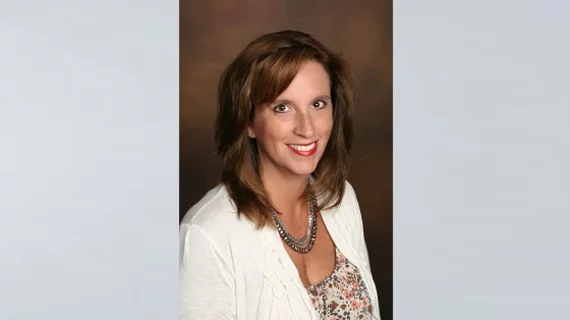Burnout in radiology: Could teleradiology be the antidote?
Burnout has become commonplace among medical professionals and radiologists are no exception. While increasing caseloads are part of the picture, much of the stress physicians experience comes from areas that distract them from patient care − factors such as shifting regulatory requirements, confounding processes and systems, hospital politics and challenges to balancing work life with home life.
Alan Kopp, MD, worked as a radiologist for many years at a traditional practice. As much as he loved his work and the impact he could make on the lives of his patients, Kopp felt it was time for a change in his life and decided to become a teleradiologist for vRad. The change, he says, was both eye-opening and career-changing, leading to less day-to-day stress and never feeling burned out by his job.
Working with vRad has virtually eliminated Kopp’s administrative load, helped him focus more on his personal life and enabled him to focus more on what he loves the most: reading images and helping patients.
Automating administrative tasks
Kopp says he could tell right away after joining vRad that his career had changed for the better. The company’s multi-patented workflow system, for example, was developed to help teleradiologists maximize the time they spend reading images. Kopp knows that if he needs to discuss a critical result on a given case, he simply clicks a button and he can continue reading. He is alerted the moment the clinician is ready to discuss the case, and then one more click connects the two healthcare providers. Pertinent imaging findings are even pulled up on the screen immediately, helping make sure both sides are staring at the same thing at the same time.
“You don’t wait on the telephone for 20 to 30 minutes on hold while someone tries to find the local doctor,” Kopp says. “With just a few clicks of the mouse, you’re connected and moving forward with what needs to be done. I keep working while the system calls the correct number to reach the physician.”
More control over personal time
Thanks to being able to work from home—or anywhere secure and quiet with an Internet connection, teleradiologists also get to spend more time focused on themselves and their own interests. The daily pre- and post-shift scuffles with traffic, construction, crowded buses and trains and extreme weather conditions are virtually eliminated.
“The fact that you don’t have to commute is a fantastic thing,” Kopp says.
Instead of commuting, he adds, he suddenly had more freedom when it comes to spending time with family, going on vacations and pursuing his own hobbies. Kopp can even sleep a little more each morning, a perk that certainly contributes to reductions in stress and burnout.
Efficiency through advanced technology
As any healthcare professional knows, groundbreaking technology is only useful in healthcare if it can be practically applied. This is why radiologists always play an integral role in model development, testing and validation for vRad’s leading-edge systems and artificial intelligence (AI) applications—without that valuable input, the technology will never be as effective as it could be.
Kopp says it was evident right away that imaging specialists helped develop vRad’s solutions. The solutions work as they should, when they should, and he never experiences the stress that became so commonplace for him in the past.
“The workstation and dictation systems at vRad are just top-of-the-line,” Kopp says. “You can’t get any better. And believe me—I’ve witnessed plenty of them over the years.”
Experience a demonstration of the MEDNAX Imaging Platform used by Dr. Kopp at RSNA. Find the location and times here.

